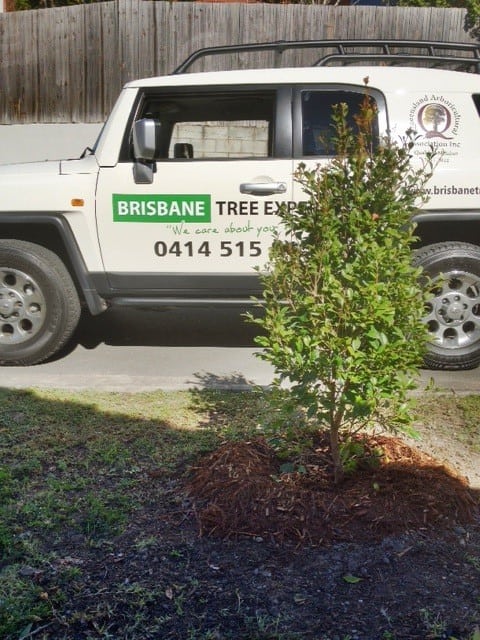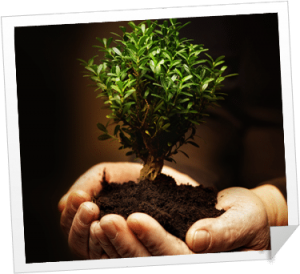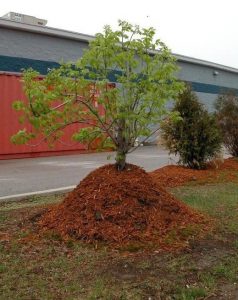As a final point for discussion I would like to comment on some of the negative aspects of using grass clippings as a form of organic mulch, particularly around the bases of trees, as I so often see this occurring throughout the urban environment.
Firstly, there should no longer be the collection and build-up of grass clippings resulting from the manicuring of lawns within the urban environment. The best and most beneficial way to achieve this is by using mulch attachments on your mower which spread the clippings throughout the lawn being mowed. This rapidly breaks down within the lawn and improves the general health and condition of the lawn, without generating piles of unwanted garden waste.
There are a range of potential negative impacts resulting from the build-up of grass clippings around the bases of trees on their general health and condition and I have listed the most common of these below.
- Often feed and weed products are used on our gardens to provide us with nice green lawns, and these products are specifically designed for grasses (monocots). Contamination through residual traces of these products can have significant detrimental effects on the general health and condition of trees and plants (dicots).
- As the grass clippings are a very fine material, the volume applied rapidly decreases as the material settles and so becomes less effective at suppressing weeds unless large volumes of the product are used.
- As this compacting material starts to decompose the temperature rises, disrupting soil temperature as opposed to moderating it, which may promote disease development.
- When applied in thick layers, levels of oxygen available to trees and plants decreases, and the dense mat of material reduces water infiltration into the root zones of trees.
- Large volumes of decomposing grass clippings can have dramatic effects on soil Ph, which may directly impact on the health and condition trees.
- Due to the rapid rate of decomposition, grass clippings can often create unpleasant smells and odours.
- Decomposing grass becomes slimy. If placed around the stems of trees this is extremely likely to cause collar rot which will potentially result in the death of the tree.
- Let’s face it, piles of grass clippings are unsightly, and generally less aesthetically pleasing than a good quality organic (or non-organic!) mulch material.
HAPPY MULCHING!
About the author: Dave is a qualified, experienced and passionate arborist working with the awesome team at Brisbane Tree Experts. “We care about your trees living”. And we hate seeing piles of grass clippings around the stems of trees!



